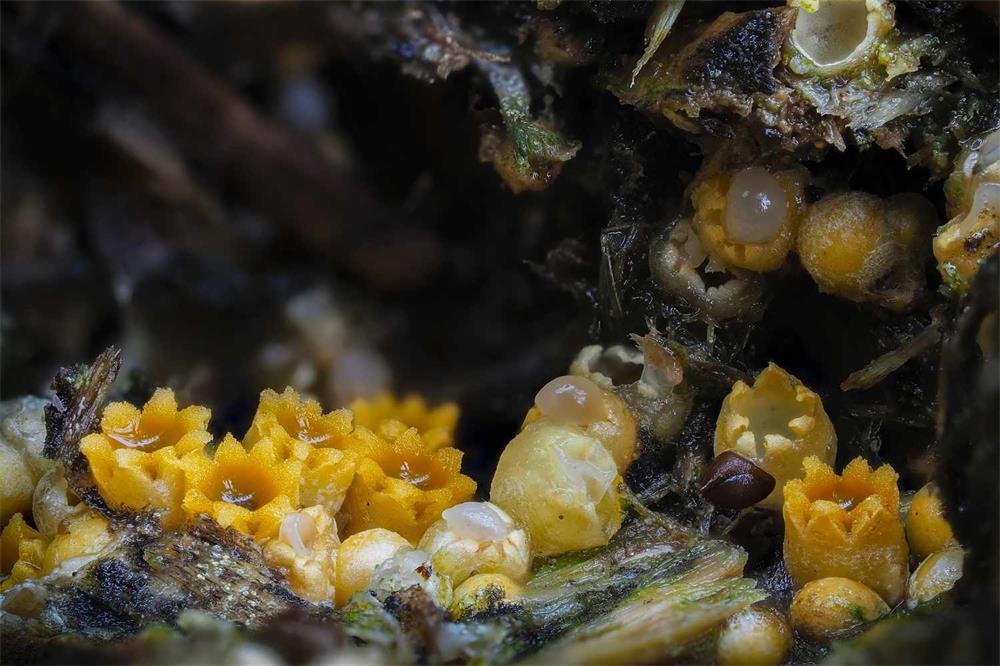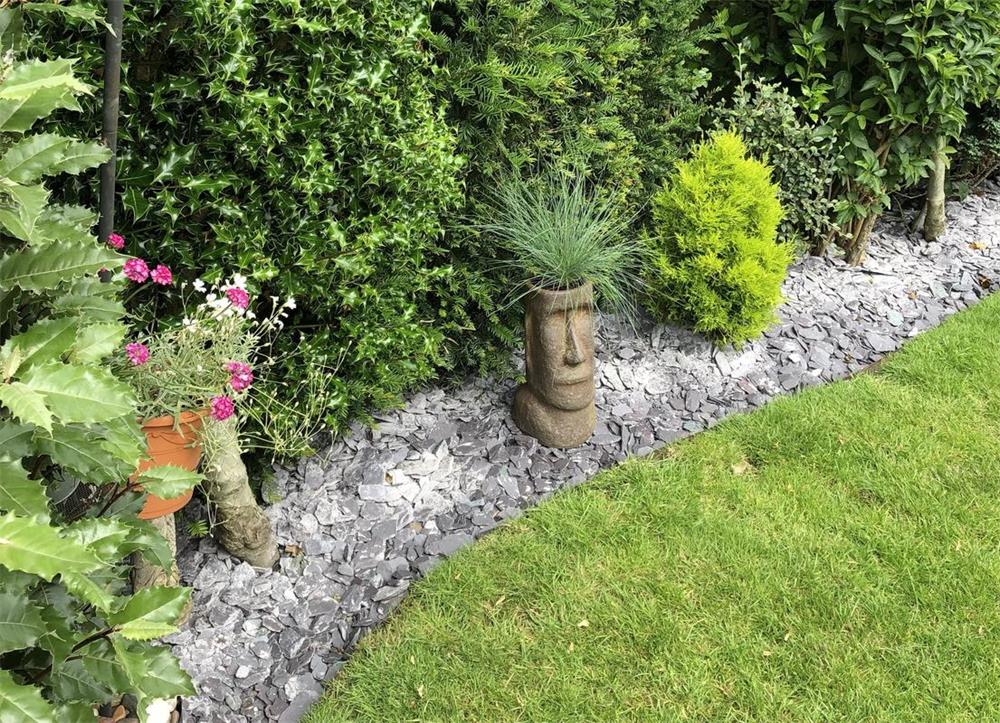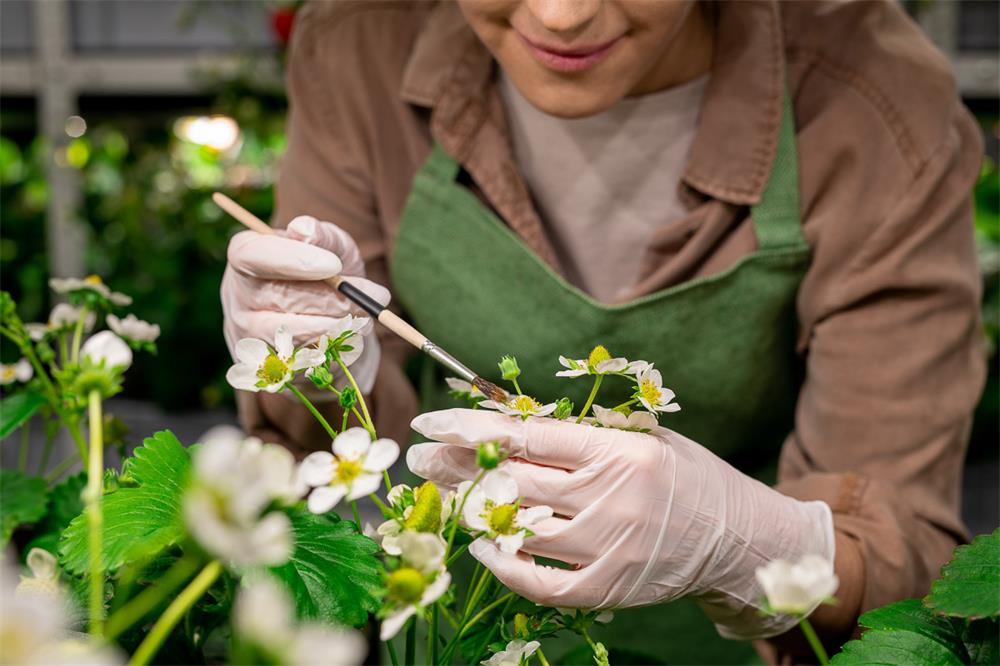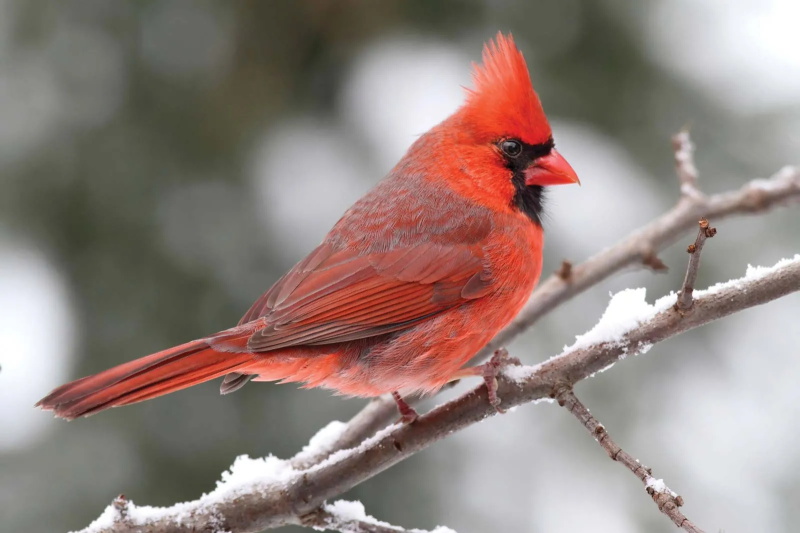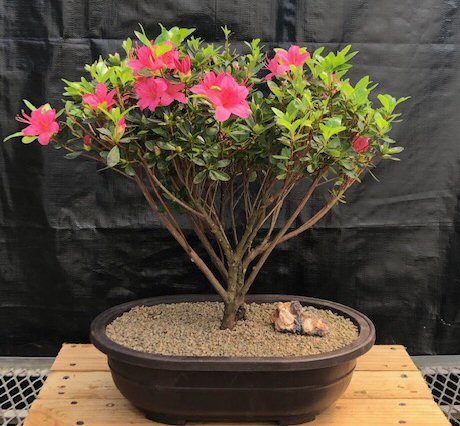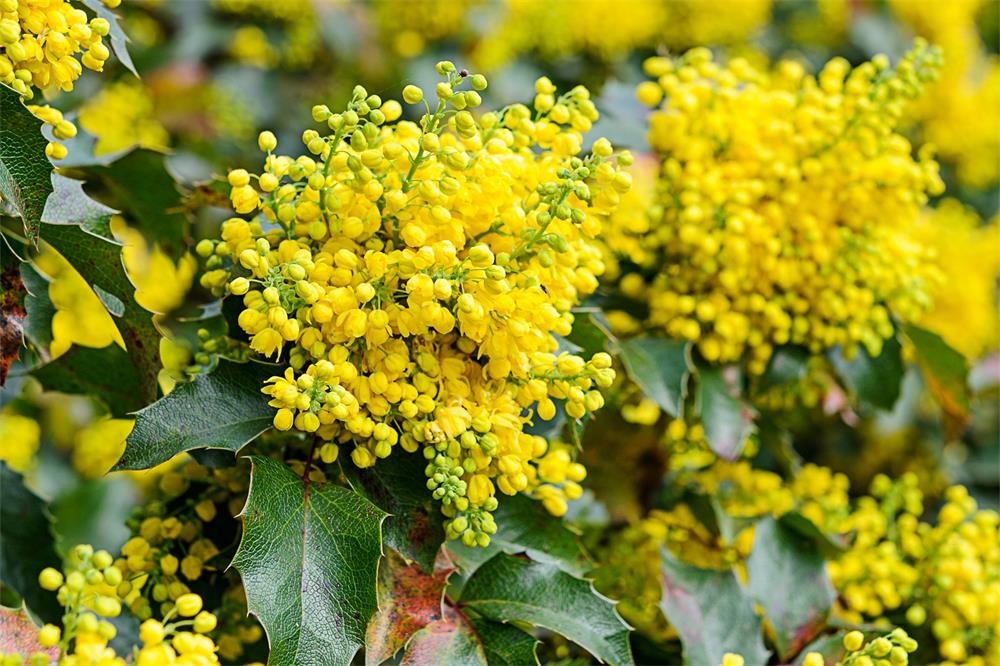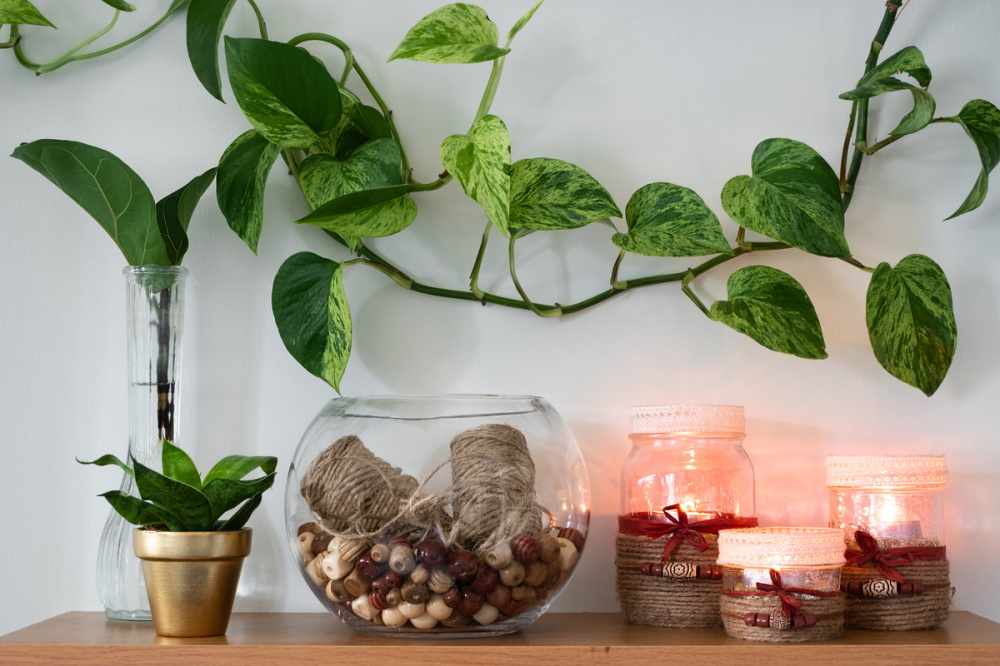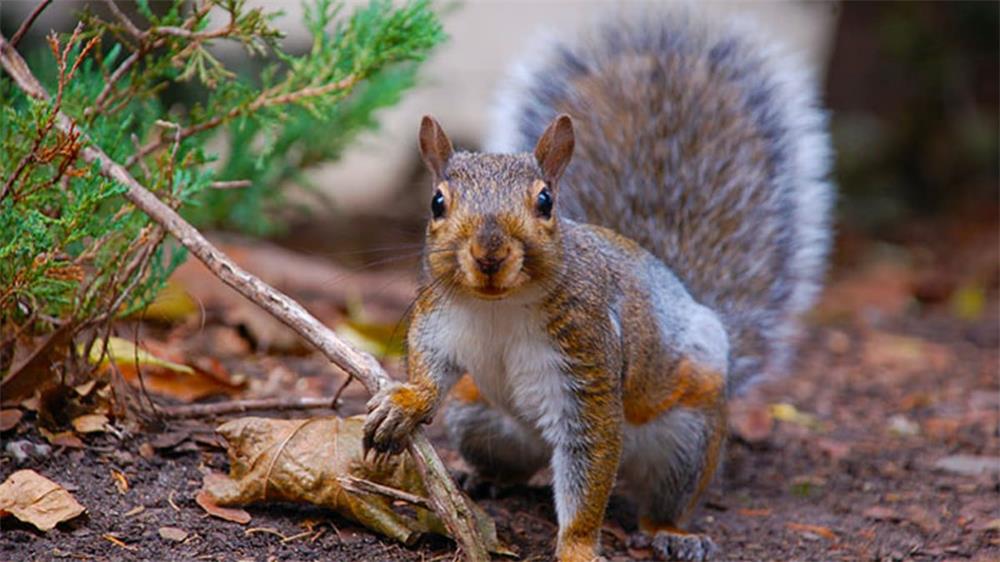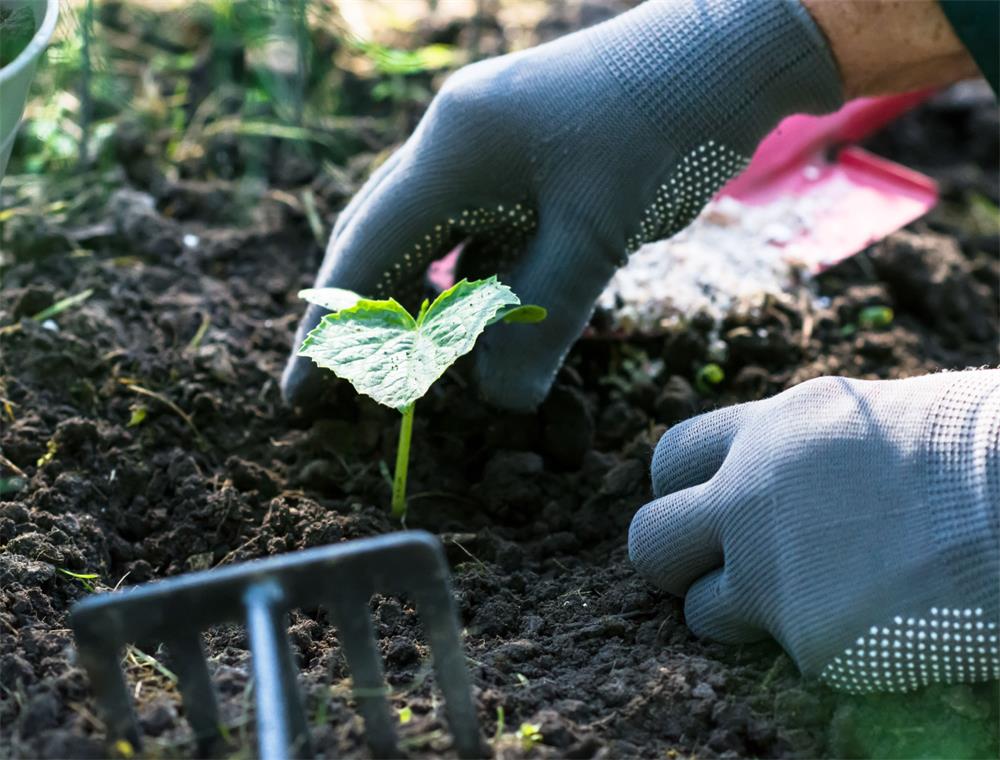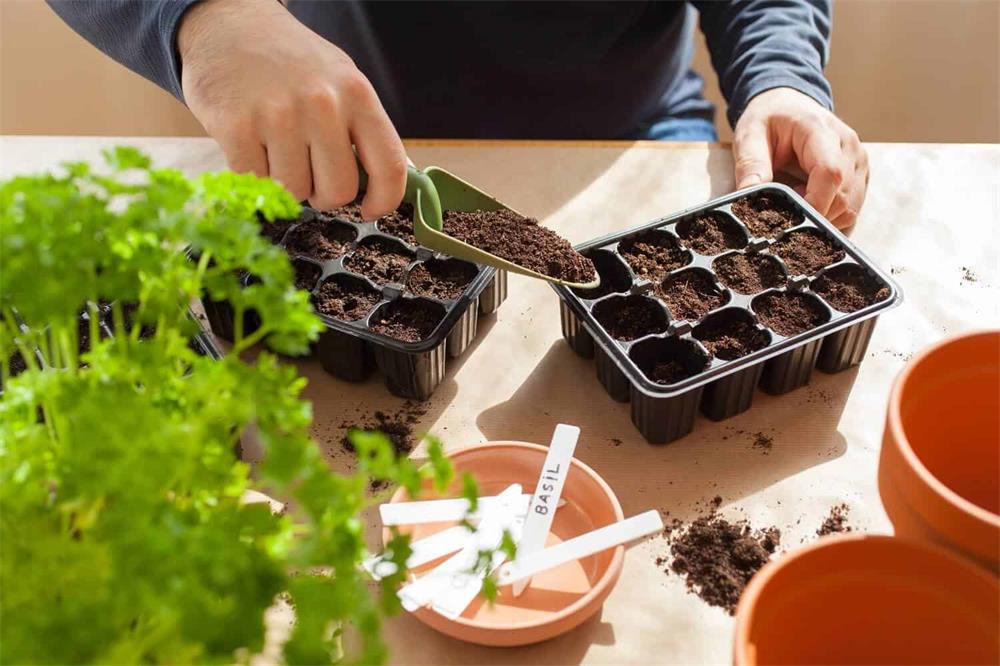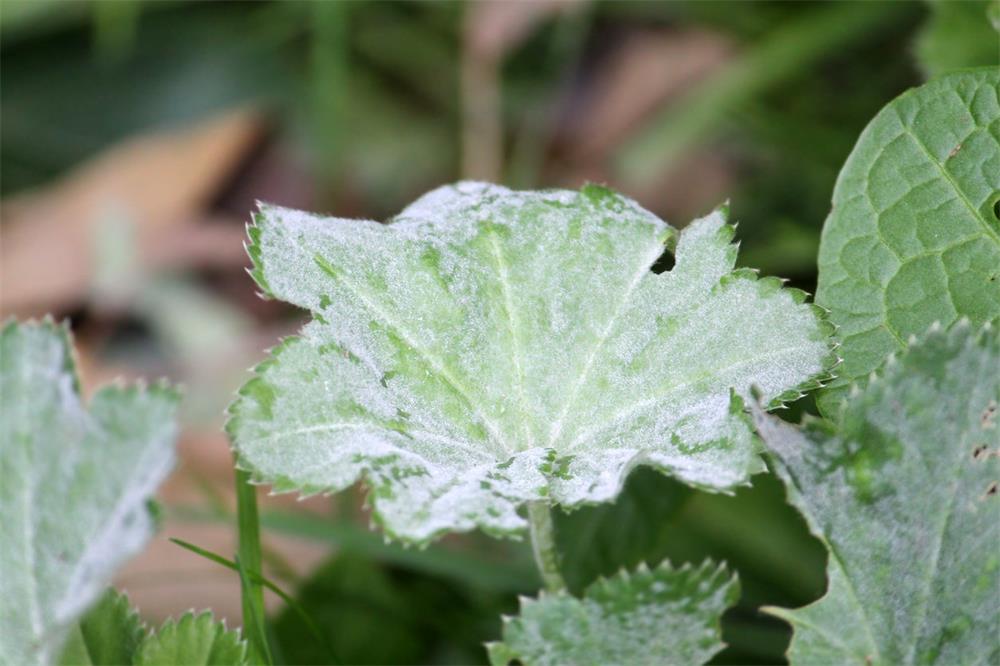
Table of Contents
Powdery mildew is a common fungal disease that affects many plants, especially in humid and warm conditions. It appears as white or gray powdery spots on the leaves stem, and flowers of the plant. It can reduce the plant’s growth, yield, and quality. It can also spread quickly to other plants nearby.
Fortunately, there is a natural and inexpensive way to prevent and treat powdery mildew: baking soda. Baking soda is a household product that has many uses, including as a natural fungicide. In this article, we will explain how baking soda works against powdery mildew, how to prepare and apply a baking soda spray, and what are the benefits and drawbacks of using this method.
How Baking Soda Works Against Powdery Mildew
Baking soda works to prevent and treat powdery mildew because it changes the pH of the plant’s surface. When applied to the leaves of a plant affected by this disease, baking soda will raise the pH and make it harder for the fungus to grow. The active ingredient in baking soda, sodium bicarbonate, has been shown to be effective against several types of powdery mildew.
However, baking soda alone is not enough to control powdery mildew. It needs to be mixed with water and a small amount of liquid soap or horticultural oil. The soap or oil helps the baking soda solution stick to the plant and spread evenly. It also helps to break down the fungal cell walls and increase the effectiveness of baking soda.
How to Prepare and Apply a Baking Soda Spray
To prepare a baking soda spray for treating powdery mildew, you will need the following ingredients:
- 1 tablespoon of baking soda
- 1/2 teaspoon of liquid soap or horticultural oil (such as canola oil)
- 1 gallon of water
Mix the ingredients well in a large container or a spray bottle. Make sure the baking soda is dissolved completely. Do not store the unused mixture.
To apply the spray, follow these steps:
- Choose a cloudy or cool day to avoid burning the plant leaves.
- Water your plants well before spraying to reduce stress.
- Spray all parts of the plant affected by powdery mildew, including the undersides of the leaves and stems.
- Repeat the spraying every 7 to 10 days or after rain until the disease is gone.
Benefits and Drawbacks of Using Baking Soda Spray
Using baking soda spray has some advantages and disadvantages that you should consider before using it. Here are some of them:
Benefits
- Baking soda is natural, cheap, and easy to find.
- Baking soda is safe for humans, animals, and beneficial insects.
- Baking soda can prevent powdery mildew from spreading if applied early in the season or at the first sign of infection.
- Baking soda can improve the flavor and quality of some fruits and vegetables affected by powdery mildew.
Drawbacks
- Baking soda may not be effective against all types of powdery mildew or severe cases.
- Baking soda may damage some plants if applied too frequently or in high concentrations.
- Baking soda may leave a white residue on the plant leaves that can affect their appearance.
- Baking soda may not provide long-term control of powdery mildew and may need to be combined with other methods.
Conclusion
Baking soda is a simple and natural way to prevent and treat powdery mildew on plants. It works by raising the pH of the plant surface and disrupting fungal growth. However, it is not a magic solution that can cure all cases of powdery mildew. It has some limitations and potential side effects that you should be aware of.
If you decide to use baking soda spray for your plants, make sure you follow the instructions carefully and test it on a small area first. Also, monitor your plants regularly for any signs of improvement or damage. And remember, prevention is always better than cure. Keep your plants healthy and well-spaced, avoid overhead watering, prune infected parts, and remove any debris that can harbor fungi.
Baking soda spray can be a useful tool in your gardening arsenal, but it is not a substitute for good cultural practices and proper plant care.



